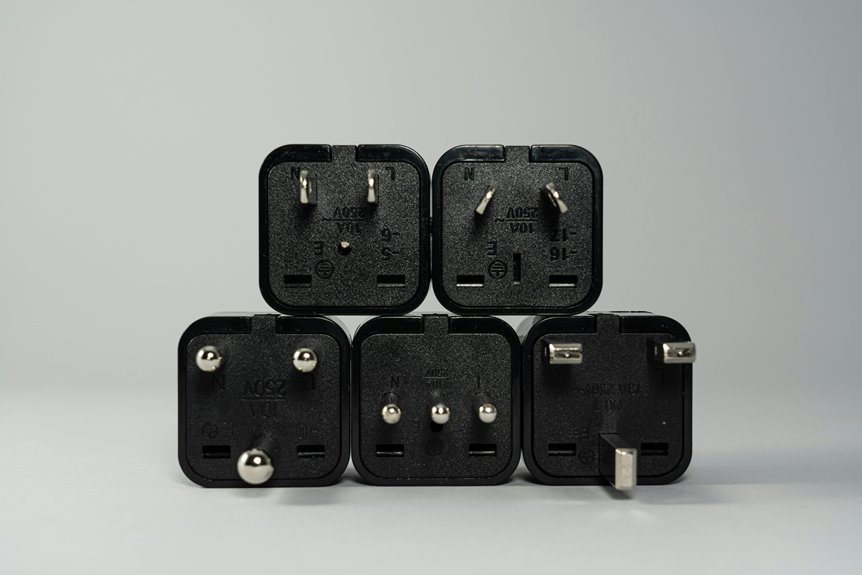
Unified Device Configuration Control Module 3278160799 3805958919 3895566629 8608940368 3896896532 4708667004
Is it true that adopting the Unified Device Configuration Control Module can significantly streamline your device management processes? Many organizations are finding that this tool not only enhances security but also boosts operational efficiency. By ensuring adherence to configuration standards, it lays the groundwork for a more innovative approach to technology integration. What could this mean for your organization’s growth and potential?
Key Features of the Unified Device Configuration Control Module
When it comes to managing device configurations, the Unified Device Configuration Control Module offers several key features that enhance efficiency and streamline processes.
You’ll appreciate its adherence to configuration standards, ensuring consistency across devices.
Plus, it strengthens device security by implementing robust protocols.
These features empower you to maintain control, giving you the freedom to focus on what truly matters in your organization.
Benefits of Implementing the Module in Your Organization
Implementing the Unified Device Configuration Control Module in your organization brings a host of benefits that can significantly improve your operational efficiency.
You’ll experience cost savings through reduced downtime and streamlined processes.
By managing devices more effectively, your team can focus on core tasks, driving innovation and growth.
Embrace this module to unlock your organization’s full potential and enhance productivity effortlessly.
Compatibility and Integration With Existing Systems
Although integrating new technology can seem daunting, the Unified Device Configuration Control Module is designed to work seamlessly with your existing systems.
It ensures system interoperability, allowing for smooth communication between new and legacy systems. You won’t have to worry about compatibility issues, as the module supports legacy integration, making your transition to modern technology both efficient and hassle-free.
Best Practices for Device Configuration Management
To effectively manage device configurations, you should adopt a systematic approach that emphasizes consistency and accuracy.
Regularly conduct configuration audits to ensure compliance throughout the device lifecycle. Document changes meticulously and establish baseline configurations.
This way, you’ll maintain control and adapt quickly to any issues, ensuring your devices operate optimally and securely, allowing you the freedom to innovate without unnecessary constraints.
Conclusion
By implementing the Unified Device Configuration Control Module, you’re not just enhancing device management; you’re paving the way for innovation. Did you know that organizations that adopt standardized configurations can improve operational efficiency by up to 30%? This statistic highlights the significant impact of streamlined processes on your bottom line. Embracing this module allows you to maintain consistency, security, and ultimately unlock your organization’s full potential. Don’t miss the opportunity to drive growth and efficiency in your operations.




